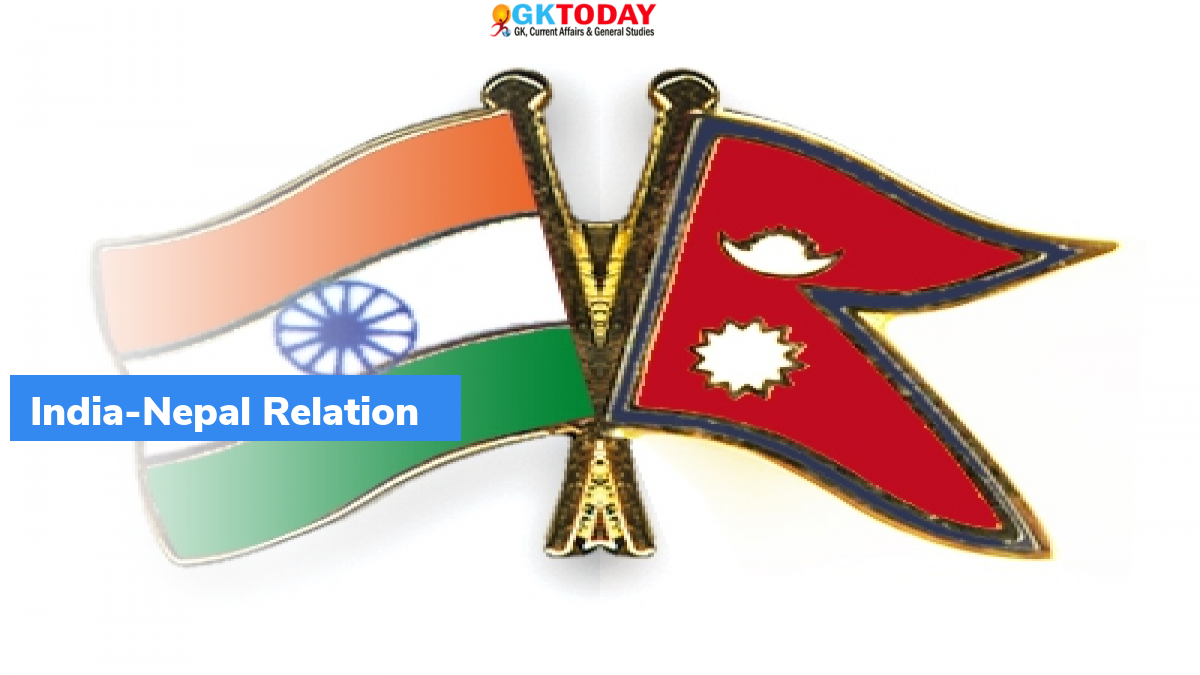India-Nepal Task Force for Hydropower Project
On February 24, 2022, India and Nepal agreed to set up a joint task force on “proposal to construct a hydropower project” from investments of both the countries.
Highlights
- The task force will have maximum three members from both the countries.
- Agreement was signed at the 9th meeting of Nepal-India Energy Secretary-Level Joint Steering Committee in Kathmandu.
- Meeting was co-chaired by Secretary of the Energy Ministry of India Alok Kumar and Secretary of Energy Ministry Debendra Karki from
What issues were discussed during the meeting?
- During the meeting, both sides discussed issues like:
- Existing transmission lines between the two countries
- Under-construction and proposed interstate transmission line
- Arun III hydropower and transmission line and
- Interstate power trade.
- They also agreed to increase the capacity of energy being imported and exported using interstate 400 KV Dhalkebar-Muzaffarpur transmission line. This 400 KV transmission line will span over 140 kilometres, of which 20 kilometres will be in Nepal while remaining 120 km will be in Indian territory.
Arun-3 Hydro Electric Project
Arun-3 Hydro Electric project is a 900 MW run-of-river project, located on Arun River in Eastern Nepal. Government of Nepal and Sutlej Jal Vikas Nigam (SJVN) Limited had signed a memorandum of understanding for the project in 2008 to execute on Build Own Operate and Transfer (BOOT) basis for a period of 30 years, which also include five years of construction period.
What is Build Own Operate and Transfer (BOOT)?
BOOT stands for “build, own, operate, transfer”. It is a public-private partnership (PPP) project model, wherein private organization conducts a large development project under contract to a public-sector partner. In this model, public-sector sign contracts with a private developer, to design and implement a large project.
Run-of-the-river Project
Run-of-the-river hydroelectric projects are hydroelectric systems, which harvest energy from flowing water to generate electricity. Such projects primarily use natural flow rate of water to generate power, rather than using the power of water falling from a height.
Features of such projects
- These projects are less expensive to build. They can be built over a shorter period of time.
- They have a smaller environmental footprint, as compared to dams with large amounts of water storage.
Month: Current Affairs - February, 2022
Category: International / World Current Affairs


